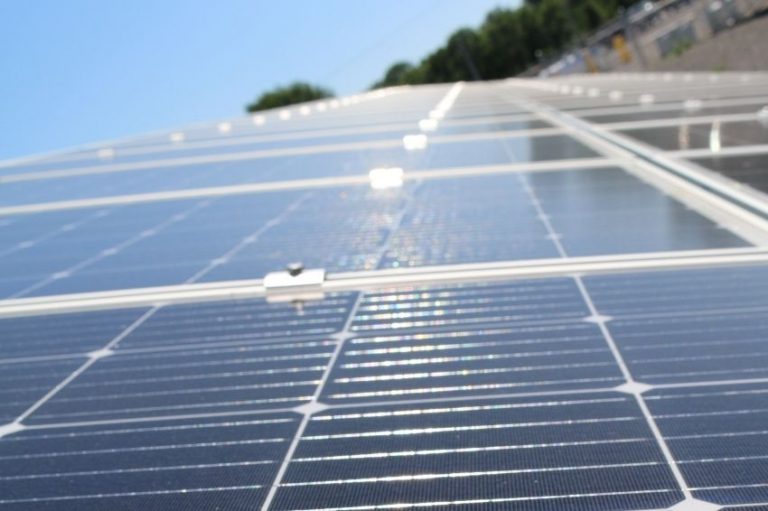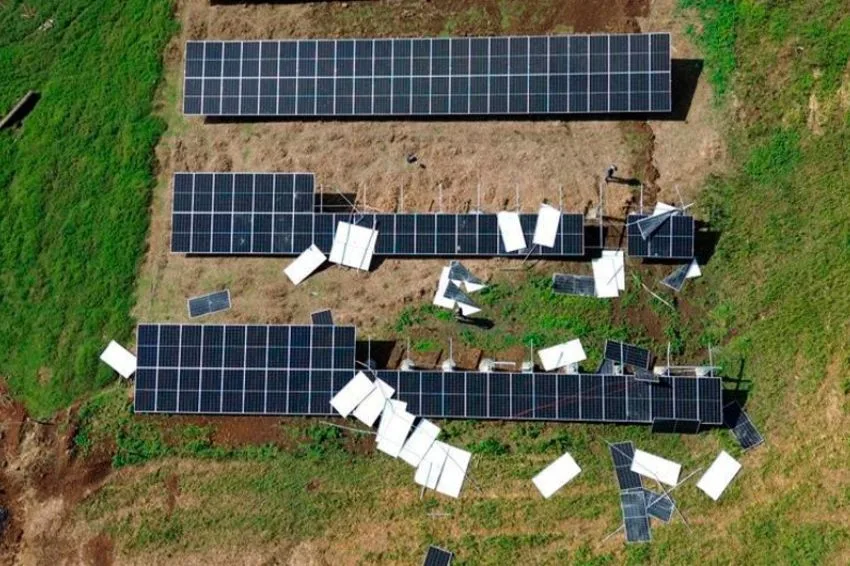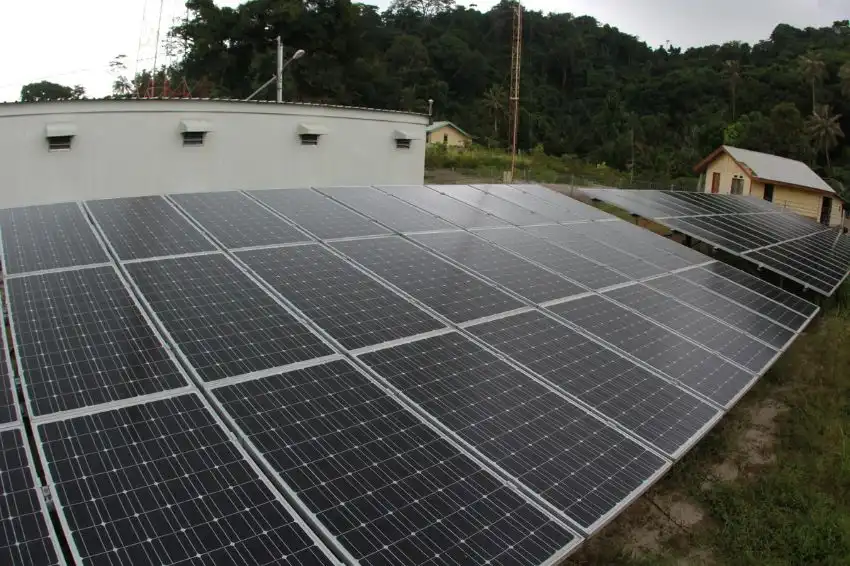For most of our readers, you can divide the market's history into AR and DR (before REN 482 and after REN 482). And when we talk about AR, our grandparents' saying always comes to mind: “My grandson, it was all forest here!” But the birth and evolution of our market dates back even before our grandparents were born.
In 1905, Albert Einstein published a study on the photoelectric effect and 3 years later, with this study in hand and sponsored by enthusiast and billionaire Andrew Carnegie, William Bailley invented the first copper solar collector inside a sealed box (exactly the same design of the solar water heaters we have today).
From then on, several scientists focused on experiments and theories on how to convert sunlight into electrical energy for the next 46 years and during this period the silicon crystal, cadmium sulfide and diode were invented, until in 1954, three scientists invented the first silicon solar cell, with an efficiency of 4%.
There is a very interesting curiosity here: these three scientists worked in an innovation laboratory that belonged to a telephone company. Telephone companies, at that time, were at the forefront of innovation and had plenty of money (private and state) for research and development.
Bell Laboratories has produced no fewer than 47 Nobel laureates. I had the opportunity to see this photovoltaic cell in person, as the company I worked for for years, Alcatel-Lucent, owned Bell Labs.
After the first cell, it was four years before the efficiency doubled to 8% and that same year a satellite was launched with a cell that provided less than 1 W to power its radios. The first installation to supply energy to a home was made in a lighthouse in Japan, supplying 242 W, in 1963. In 1977 the milestone of 500 kWp manufactured was reached and in 1982 the first 1 MWp plant was launched in California. 1983 was the year the 21 MW mark was reached.
The first GWp arrived in 1999, with cell efficiency reaching current levels of 20% and in the last 20 years we have seen all marginal technologies being worked on to be able to capture more and more energy in smaller and smaller areas. I'm here trying to think about how things will evolve from now on. Can we make a bet?

















